- The Arconic Team

- Oct 1
- 6 min read
Updated: Dec 10
Find the 8 hidden items below and click them to win a prize!
Luis DiazGranados has always been a maker.

Before there were blueprints, meetings, or clients, there was a boy in Santa Marta, Colombia - barefoot, sun-kissed, and surrounded by the hum of life in a coastal city. In the quiet corners of his childhood home, he would sit cross-legged with a pencil in hand, tracing lines that felt more like instinct than intention. Notebooks meant for equations and grammar lessons were covered instead in sketches - skateboards, shoes, boats, bicycles. His mind was already building a world of its own.
“I was always drawing,” he remembers, a quiet smile tugging at the edges of his voice. “Even during class, when I was supposed to be paying attention, I’d be sketching logos or designs.”
Those early sketches weren’t just doodles; they were a language. A way of shaping what he couldn’t yet name - a creative impulse that ran deeper than childhood pastime. He carried that instinct to the small workshop at his best friend’s father house, where carpentry and mechanical projects filled the air with sawdust and possibility. There, Luis and his friends built things, fixed bicycles, and learned through trial and error how to make ideas tangible. “That was my playground,” he recalls. “That’s where I really understood what it meant to create something real.”
Graduating at the top of his high school class, Luis faced a quiet but defining choice. Industrial design called to him. In Colombia, however, it was seen as unconventional, even risky. After countless conversations with mentors and family friends, fate intervened in the form of an architect whose work left a lasting imprint. The encounter cracked something open. If designing objects wasn’t viable, perhaps architecture could be its counterpart - a canvas for the same creative force, only larger. “Maybe I can apply what I love doing,” he remembers thinking, “but instead of making products, I can make houses.”
It was a decision that would spark a lifelong journey - one that blended artistry and structure, vision and execution, dreamer and builder.
Luis’s path through architecture school reflected his dual love for imagination and precision. His first university focused heavily on technicality - on the anatomy of how things are built rather than the poetry of how they feel. It wasn’t glamorous, but it grounded him in the language of structure and construction. “I wanted to understand how things were actually built,” he says, “not just how they looked on paper.”
After two years, craving a stronger design foundation, he transferred to The Pontificia Universidad Javeriana, one of Colombia’s most prestigious architecture programs. There, creativity had room to stretch. But Luis never confined himself to the classroom. While his peers obsessed over renderings, he found himself on construction sites, learning the rhythms of high-rise buildings along the coast, observing the choreography of real work.
“I learned not only about construction,” he recalls, “but also about the people doing the work - how to motivate them, respect their craft, and make sure that the design we imagined could actually be built.” Those years weren’t just academic; they were formative. They gave him a rare dual fluency - one foot in the world of design, the other in the realities of building.
That early lesson in respect for craft would shape how Luis leads today. His approach at Arco is built on trust, not ego. He’s the founder, yes, but never the dictator of vision.
“I like to be hands-on, but I also want my team to take ownership,” he explains. “I don’t micromanage. I want people running alongside me, believing in the vision and contributing their own ideas.”
To Luis, architecture is never a solo act. It’s a shared rhythm between many hands, each leaving its trace on the final work. “It’s not about me as the founder,” he says. “It’s about the vision, the ambition, and the lifestyle we’re trying to create. If I can find professionals who share that, they can take the lead and bring their own expertise to the project.”

Every project starts with silence. Before sketches, before plans, Luis goes to the property. He walks, sits, listens. He studies the light as it drifts across the land, the way wind rustles through trees, the conversations of a neighborhood that has its own quiet pulse. “I like to visit a property, sometimes even just sit on the lot and feel it,” he says. “I walk around, I spend hours there, observing the surroundings, the trees, the light, the neighbors. I try to imagine the life of the people who will live there and how they will use the space.”
Only then does the pencil return. In his office, he reaches for a blank sheet of paper - the same way he did as a child -and begins to sketch. The lines are never rigid at first. They flow. They listen to the site as much as they dictate to it. “I draw the ideas, take notes, measure spaces,” he explains. “I even drive through the neighborhood to see how the house fits into its context. It’s about making sure the vision blends seamlessly with the space.”
When the principal idea takes shape, Luis gathers his team. Architects, designers, collaborators - they bring their own voices into the conversation. “The project becomes a collaboration -my vision, their expertise,” he says.
Luis’s process shifts once construction begins. The dreamer becomes a strategist. His desk is no longer covered only in sketches but in schedules, budgets, logistics. “I’m very organized,” he notes. “When we move into construction, I switch from the creative side to the practical, functional, logistical side. I coordinate the work, support the team, and make sure the design translates accurately into reality.”

Luis also carries a quiet but deliberate understanding of business - a skill he learned not in classrooms but through experience. “I learned business on my own, organically,” he explains. “I understand budgets, construction processes, and client expectations. That helps ensure what we design can actually be built, and that it aligns with the client’s vision and lifestyle.”
It’s this duality - artistry paired with pragmatic intelligence - that allows him to speak both to clients’ dreams and to the hands that build them. “By understanding cost alongside design, I can help ensure that what we envision is not only beautiful but also achievable,” he says. “It’s about supporting clients and the teams we work with to make the vision a reality, thoughtfully and efficiently.”
Ask Luis about his personal style, and he doesn’t answer with trends or buzzwords. He talks about balance. Simplicity. Space that breathes. “I don’t have one single taste,” he says. “I value balance and simplicity. I like open spaces, light, and designs that highlight what’s already there - trees, views, surroundings. I want the architecture to provide a foundation that interior designers and homeowners can personalize, without overpowering the space.”
Every decision is rooted in how people live, not just how a home looks. “I talk with clients about how they’ll use the space, what’s important to them, how their family interacts in the home,” he says. “Every decision, every sketch, every material choice is guided by how people will experience their home.”
Even as technology reshapes the world of architecture and design, Luis remains deliberate. “AI is a fascinating tool,” he says. “Some people are afraid it will take over creative jobs, but for me, it’s about how we use it to enhance human ideas. Technology can’t replace the thoughtfulness, the reflection, and the creativity that comes from a person.”
Reflection has always been part of his process. He carves out silence deliberately - on flights, on a boat, kite surfing. Moments where thought and intuition meet in quiet conversation. “I enjoy being alone,” he admits. “Flying, boating, kite surfing -these are all ways I can be in silence, putting my brain to work, thinking about how details fit together. That’s where creativity and strategy meet.”
Beyond the sketches, the construction sites, and the meetings, Luis DiazGranados is, at his core, a man driven by curiosity, craft, and care. “I like to understand how things work, how people experience space, and how design can improve life,” he says. “It’s not just about the building; it’s about the people who live in it, the communities it touches, and the legacy it leaves behind.”
Family and collaboration remain central to everything he does. “I’m fortunate to have a team that shares that same vision,” he adds.
Luis’s forward-looking vision for Arco is rooted not in concrete or glass, but in people. “The team is the most important thing,” he says. “You can have all the software and applications you want, but it’s the human element that makes the difference. Collaboration, understanding, and care are what bring a project to life.”
For Luis, design begins and ends with people.
Through his work, he shows that architecture is never just about buildings or houses. It’s about the lives lived within them - the laughter, the growth, the memories. Each home he helps create is a reflection of care, intention, and human connection.



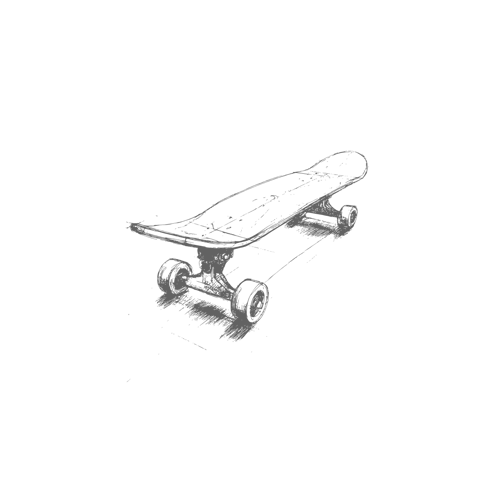
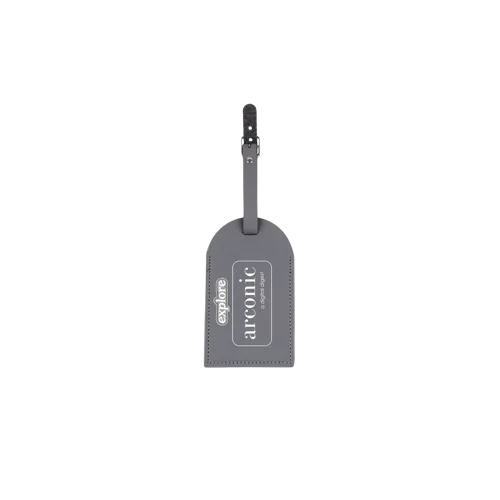


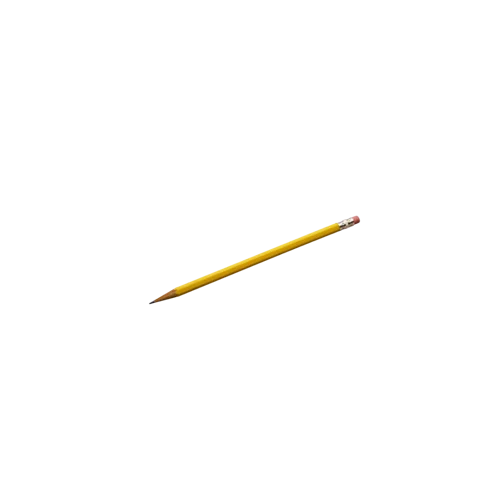
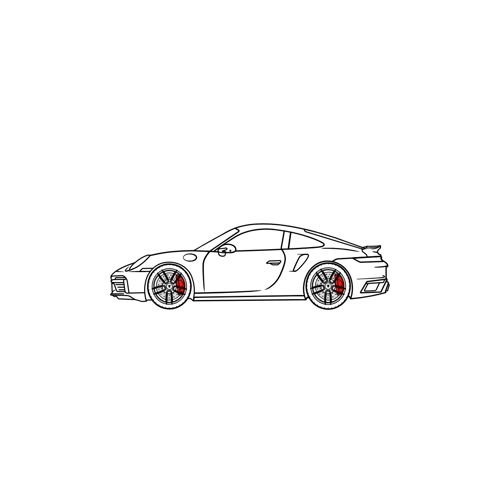
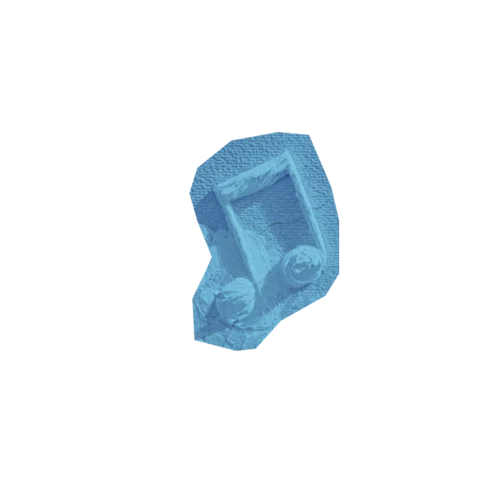
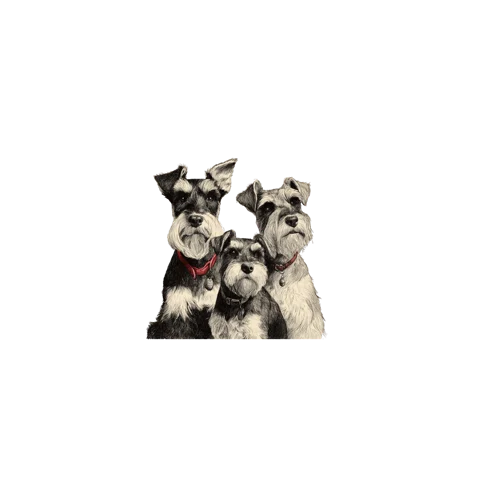

_edited.png)
Comments